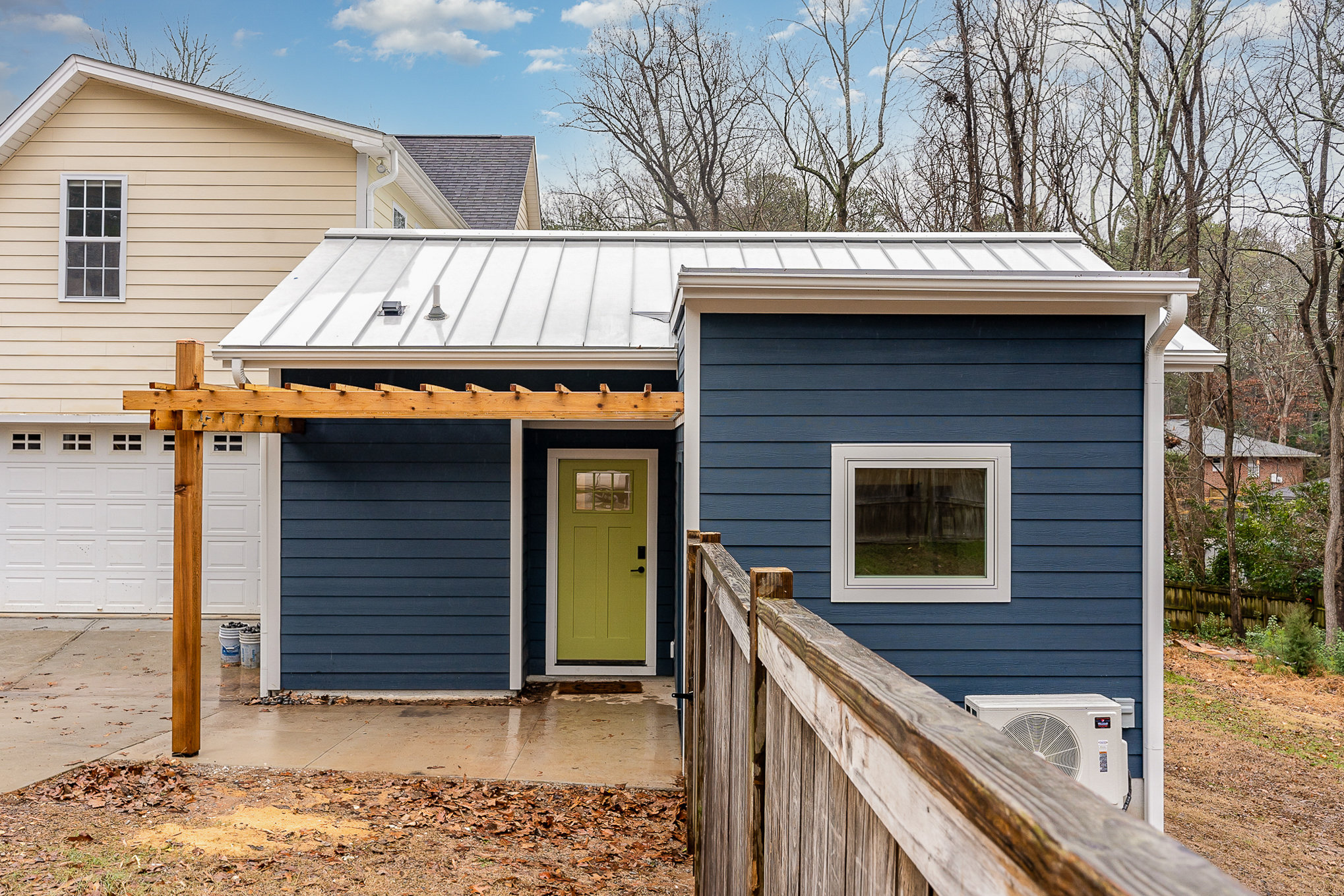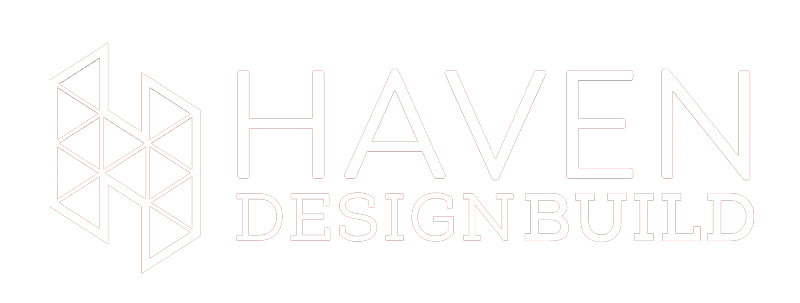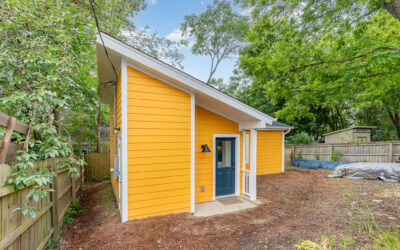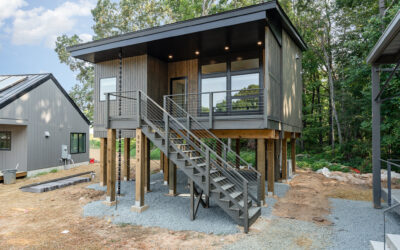
Purpose
The built environment—which requires a huge investment, has enormous ecological impact, and outlives all of us—is influenced and controlled by a tiny portion of the population. The majority of people, who are all affected by the built environment, never have the opportunity to partake in the design process. Stakeholder-based design is a critical tool in creating socially, economically, and environmentally sustainable buildings that serve the entire community.
Process
The purpose of stakeholder engagement is to create a common understanding and buy-in of shared goals, values, challenges, and opportunities for the project. Stakeholder engagement is not intended to design a building nor attain a “perfect” solution, rather it is to seek high level compromises and invaluable inputs that influence a project. This process seeks to provide the highest possible value to all stakeholders and mitigate risk for the project team. The process of creating a completely transparent concept estimate involves a thorough analysis and in-depth communication between you and your project team.
Payoffs
Here are the payoffs of stakeholder design and engagement:
1. Reduce Risk
Reduce the risk of project failure, poor project performance, and project hindrances through ensuring critical project inputs are considered, red flags are identified early, and project-harming pushback is minimized.
2. Foster Broad Buy-In
Foster increased buy-in, which ultimately leads to the right projects happening in the right places with the right people. By participating, the stakeholders are more likely to feel part of the development process and to become bought-in to its success.
3. Improve Outcomes
Improve project outcomes by understanding the stakeholder needs early in the process in order to improve the physical, emotional, economic, and social health of all project stakeholders (including clients).
Principles
- Assume the Cost: Stakeholder engagement must be built into the cost of the project because if it feels like an additional service, it isn’t likely to happen. In our experience, the process is well worth the investment by leading to unexpected savings down the road.
- Make the Time: Similar to costs, the process needs to be built into the schedule. If it feels like an extra activity slowing the project, it isn’t likely to happen. To be done right, the process takes time, which needs to be acknowledged upfront.
- Define Stakeholders Broadly: Each project will have different stakeholders, which need to be identified early. Typically, this would include owners, financiers, end-users, and other affected parties, such as the existing neighbors, local businesses, and even representatives from municipalities. This is often one of the more challenging things to do well.
- Be an Earnest Expert: The design team is there for a reason and their insights are critical. Clearly communicating your expertise in the process is still a critical function within community-based design and shouldn’t be under-valued.
- Design the Process: Spend time crafting a stakeholder engagement process that reflects the singular nature of the project. This cannot be a haphazard or copy-paste process. Because each project is unique, the process must be designed for the specific circumstance at hand.
- Leverage Partnerships: While the design team brings many important skills and resources, they are likely not the best equipped to reach every stakeholder. Partnerships should be made with the leaders and organizations who already have existing relationships. This will make the entire process more robust and successful.
- Facilitate, Not Prescribe: It is important to uncover the unknown or unexpected inputs from various stakeholders without overshadowing or overpowering these things with the information that the design team currently understands or believes.
- Talk Less, Do More: To receive a wide range of feedback from a diverse group of stakeholders, it is important to facilitate in a way that engages a variety of approaches to thinking through topics, including writing, drawing, modeling, or other mechanisms based on the project.
- Low Barrier Participation: Stakeholders often come from many different backgrounds with various capabilities. The process should be designed to lower barriers to participation as much as possible, including strategies such as low-tech utilization, plain English, meeting locally, and so on.
Schedule a free virtual consultation below:



